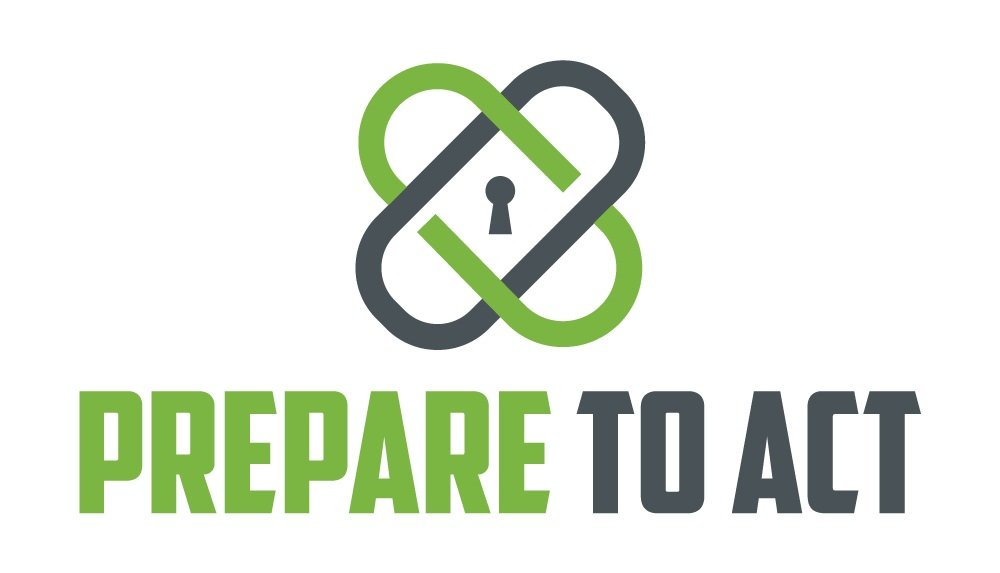Effective Strategies for Preventing Workplace Bullying: Creating a Healthy and Respectful Work Environment
In This Blog Post:
Promote a Culture of Respect
Clear expectations and zero-tolerance policy
Develop and communicate an anti-bullying policy
Encourage open communication and anonymous reporting
Provide Training and Awareness
Regular training sessions on bullying awareness
Training managers to recognize and address bullying incidents
Bystander intervention training
Foster Open Communication Channels
Establishing transparent communication channels
Encouraging feedback and addressing concerns promptly
Actively listening to employee experiences
Encourage Collaboration and Team Building
Promote a collaborative work environment
Organize team-building activities and workshops
Foster inclusivity and belonging
Conclusion
The importance of a proactive approach
Benefits of preventing workplace bullying
Creating a healthy and respectful work environment
Workplace bullying is a pervasive issue that can have detrimental effects on individuals and organizations. To foster a positive and productive work environment, it is crucial to implement effective strategies for preventing and addressing workplace bullying. In this blog post, we will explore practical tips and strategies that employers and organizations can implement to create a healthy and respectful workplace culture.
Promote a Culture of Respect
Creating a culture of respect is essential for preventing workplace bullying. It starts with clear expectations and a zero-tolerance policy for bullying behavior. Develop and communicate a comprehensive anti-bullying policy that clearly defines what constitutes bullying, how it will be addressed, and the consequences for perpetrators. Encourage open communication and establish channels for employees to report incidents anonymously, ensuring their safety and confidentiality.
Internal Link: For a deeper understanding of the impact of workplace bullying, read our previous blog post: "Understanding the Impact of Workplace Bullying: Effects on Individuals and Organizations."
Provide Training and Awareness
Education and training play a pivotal role in preventing workplace bullying. Conduct regular training sessions that focus on raising awareness about bullying behaviors, the negative impacts, and the importance of respect and empathy in the workplace. Train managers and supervisors on recognizing and addressing bullying incidents promptly and effectively. Encourage bystander intervention training to empower employees to support colleagues who may be experiencing bullying.
Foster Open Communication Channels
Establishing open and transparent communication channels is crucial for preventing workplace bullying. Encourage regular feedback and dialogue between employees and managers, creating a safe space for concerns and grievances to be addressed promptly. Actively listen to employees' experiences and take their feedback seriously, demonstrating a commitment to their well-being and building trust within the organization.
Encourage Collaboration and Team Building
Promote a collaborative work environment that encourages teamwork and positive relationships among employees. Foster a sense of inclusivity and belonging by organizing team-building activities, workshops, and social events that strengthen connections and mutual understanding. Encourage collaboration and shared goals, creating a supportive atmosphere where bullying is less likely to occur.
Potential Internal Links: For further insights into recognizing the signs of workplace bullying, refer to our blog post: "Recognizing the Signs of Workplace Bullying: How to Identify and Address Bullying Behavior." Additionally, learn about strategies for healing and moving forward after workplace bullying in our upcoming blog post: "Rebuilding After Workplace Bullying: Strategies for Healing and Moving Forward."
Conclusion
Preventing workplace bullying requires a proactive approach that prioritizes respect, communication, and training. By promoting a culture of respect, providing training and awareness, fostering open communication channels, and encouraging collaboration, organizations can create a healthy and respectful work environment where bullying has no place. Remember, preventing workplace bullying benefits everyone, leading to increased productivity, employee satisfaction, and overall organizational success.
By implementing these strategies, organizations can take significant steps towards eradicating workplace bullying and fostering a supportive and inclusive workplace for all.
For additional information, check out this blog post: Workplace Bullying: Strategies to Overcome and Thrive in a Respectful Environment
Check Out Our Business Safety Systems - The Best Way To Prevent Workplace Violecnce.
